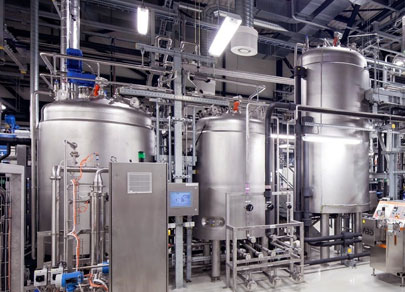This method of hardening triglyceride oils involves changing the natural arrangement of the three fatty acids that are attached to the glycerol spine of the oil or fat molecule. It does not alter the fatty acid molecule as hydrogenation does, and so there is no chance for the formation of transisomers of the fatty acids, which is one of the nutritional difficulties of hydrogenated fats and oils. This is the main reason the process is considered an alternate to hydrogenation. The procedure rearranges the fatty acids on the glycerol spine so that in some cases a majority of saturated or higher molecular weight acids are attached to glycerol molecules, thereby making a fat with a higher melting point. The displaced unsaturated and shorter chain fatty acids become attached to the other glycerol spines to yield a lower melting point or soft/liquid fat fraction.
This is why the process is often called rearrangement. It can be done with a single oil, or with two different oils which together give the range of fatty acids that are needed to get the desired consistency. Controlling the temperature of the reaction is another way of controlling the rearrangement process, as fats which have all three linkages taken up with saturated or high melting fatty acids will crystallize out of the reaction, and then take no further part in the changes.


